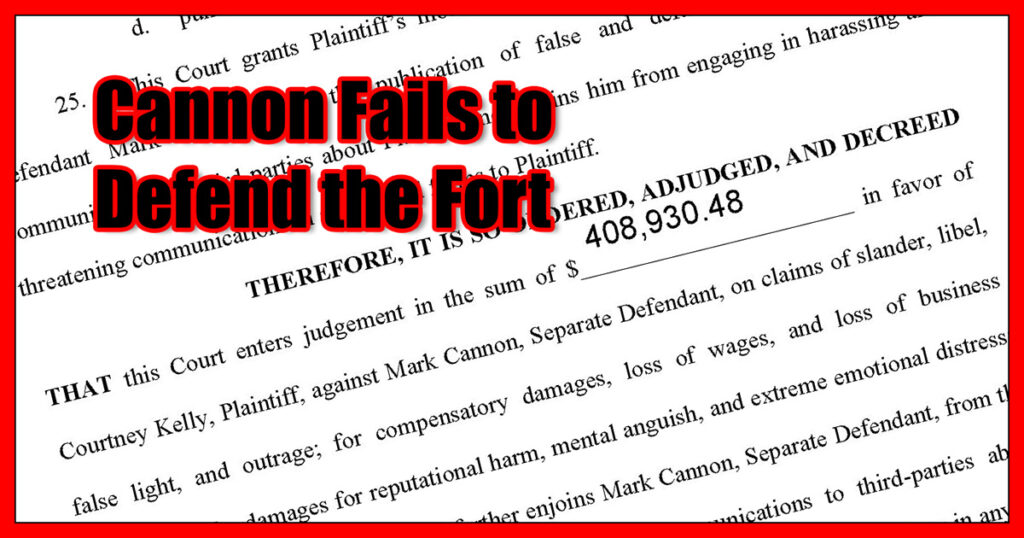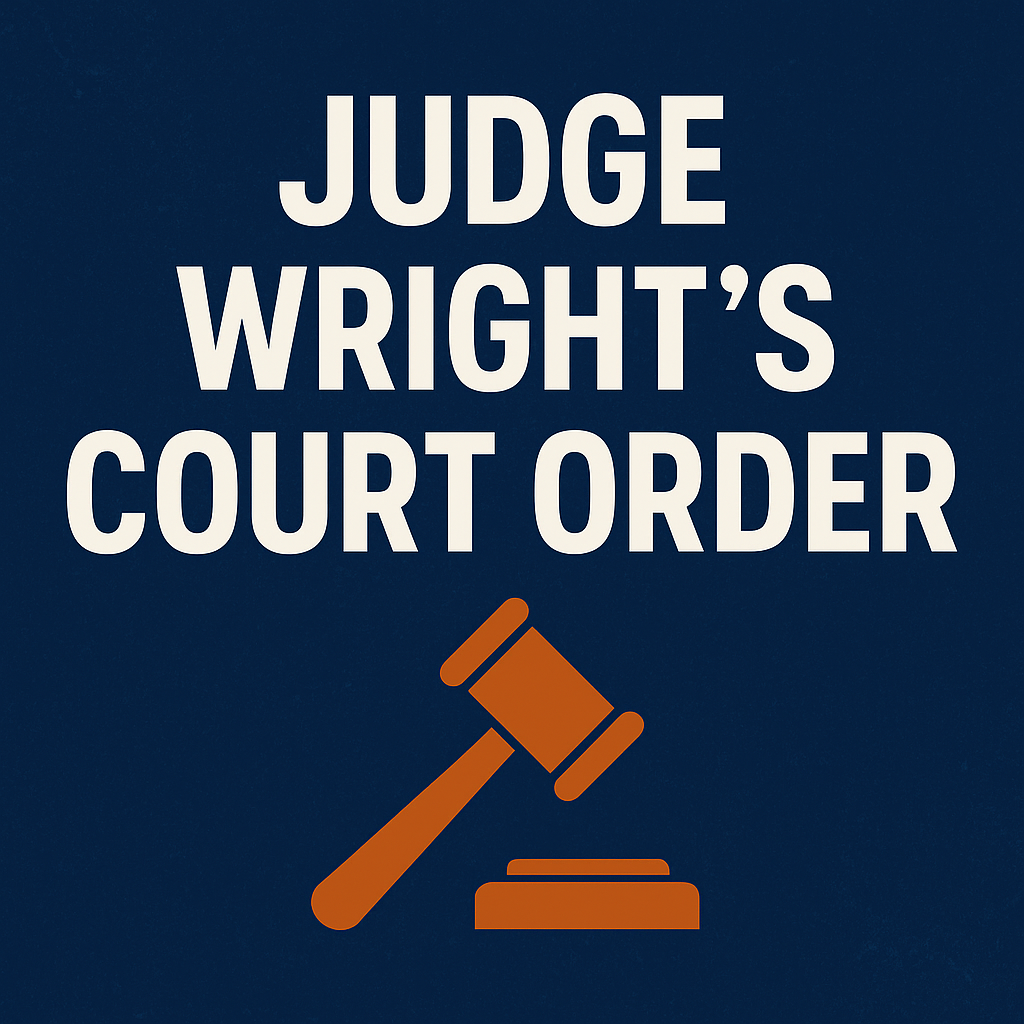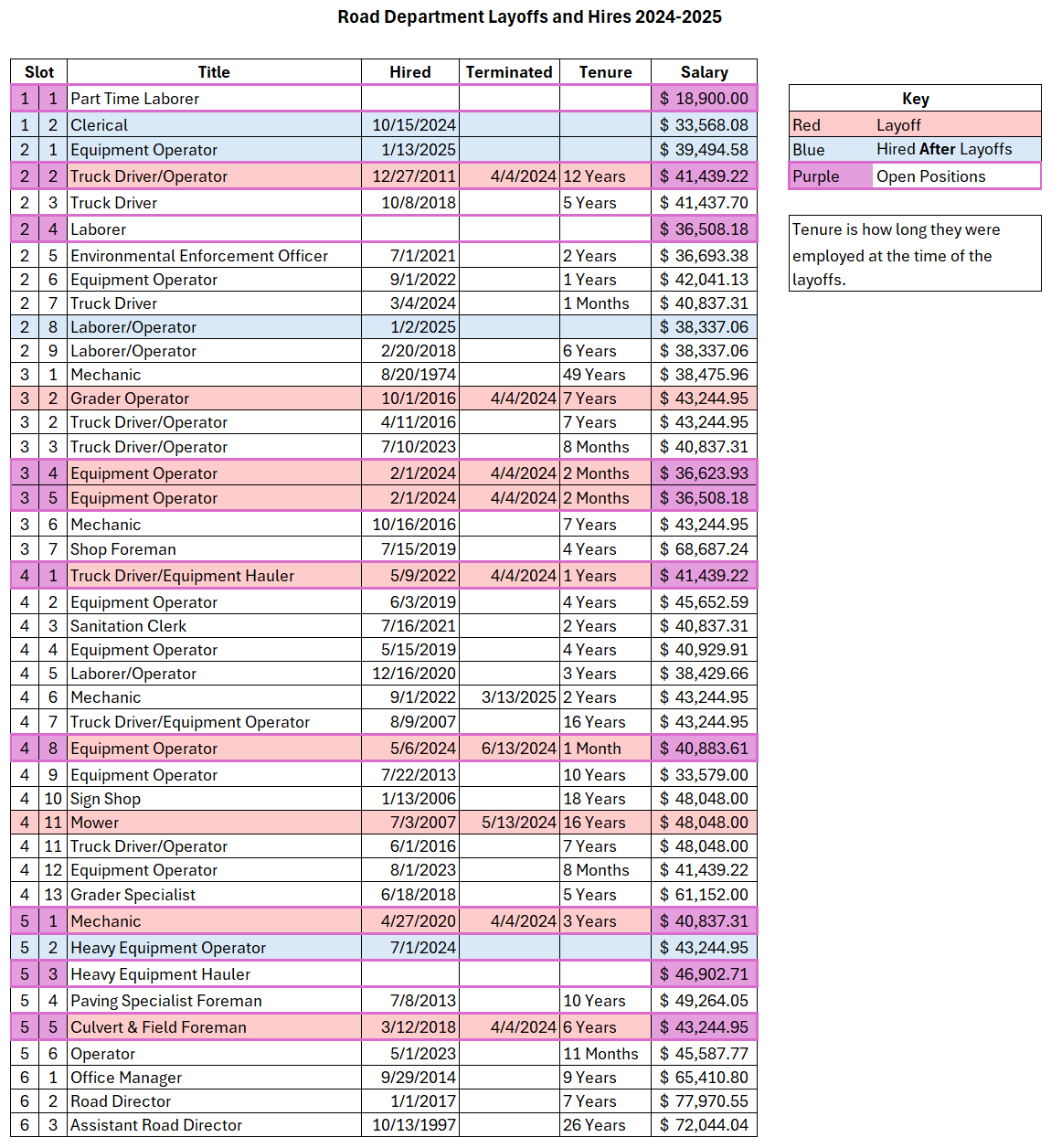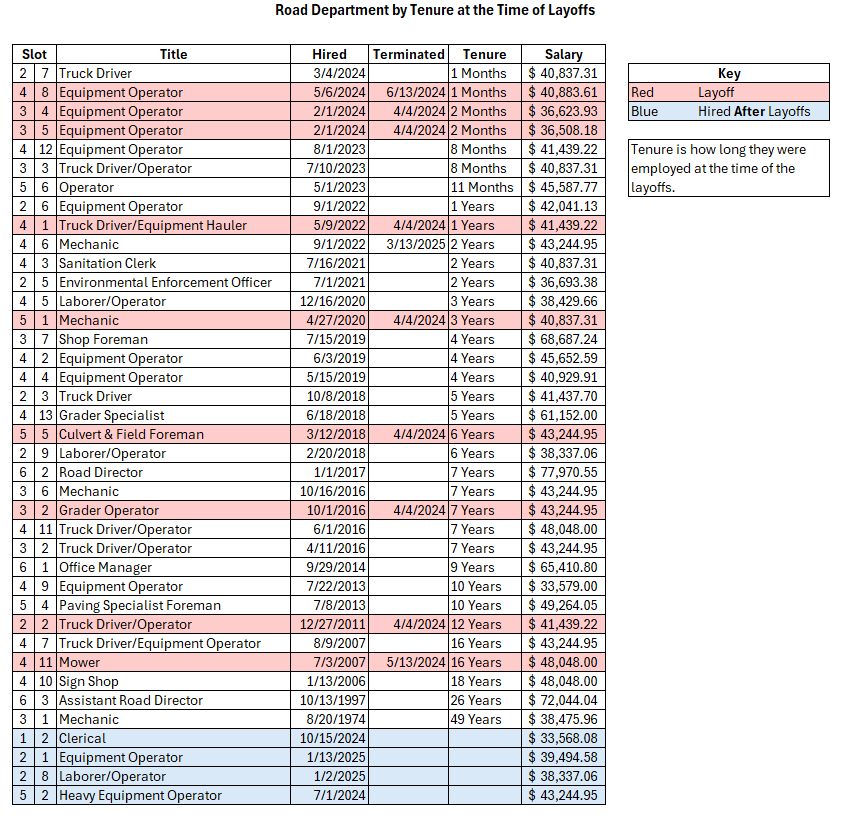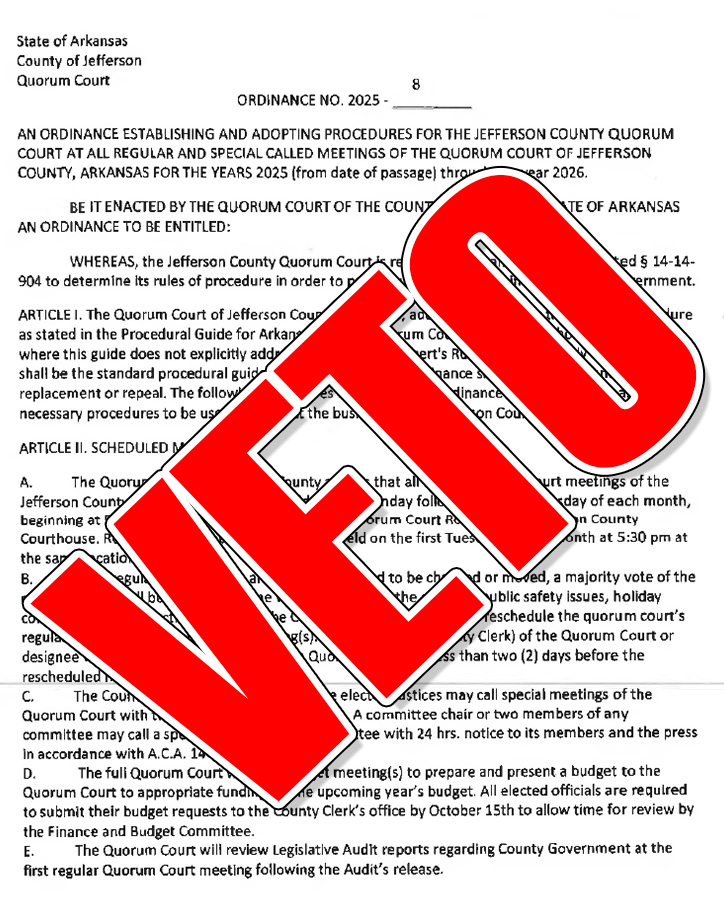This will be a long post, but it’s important for the public to be informed about what is happening in their government. Today, I’m sharing a copy of Judge Gerald Robinson’s proposed Rules and Procedures ordinance. This ordinance may be the most important legislation the Quorum Court passes every other year. Once adopted, it becomes the law by which the Quorum Court operates, dictating how meetings are conducted and how other ordinances (laws) are presented and passed. I will also explain the issues I see with this ordinance and share a version I’ve prepared that I believe addresses those problems.
The first thing to note is that this ordinance is very similar to previous versions passed in our county. However, the problem we’re facing now is that the County Judge has begun abusing these rules, making it nearly impossible for the Quorum Court to function. By manipulating these procedures, the Judge and only five Justices of the Peace have been able to stop the work of our county government—against the will of the other eight Justices and all of the county’s elected officials. That’s not how any of this is supposed to work.
Let’s start with Article II, Section (c):
“The agenda for the regularly scheduled committee meetings, quorum court meetings, and public hearings shall be determined by the County Judge, reduced to writing and delivered to the Justices of the Peace at least forty-eight (48) hours in advance.”
This language once caused no issues. After all, someone has to gather, prepare, and distribute ordinances and agendas. But here’s the problem: this gives a member of the Executive Branch—the County Judge—full authority to set the Quorum Court agenda. By controlling the agenda, he controls what the court is allowed to discuss and vote on. This is why the court is repeatedly forced to vote on his version of the budget, not the version supported by the majority of the Quorum Court and all of the other elected officials.
The Arkansas Association of Counties publishes the Procedural Guide for Arkansas County Quorum Court Meetings, which this ordinance “adopts in its entirety” under Article I. Here’s what the guide says about the agenda:
“The specific nature of matters to be considered at quorum court meetings should be indicated in an agenda prepared and furnished members of the quorum court in advance of the meeting. By knowing explicitly what they will be called upon to decide, efficiency of the quorum court is increased, and members will come to each meeting better prepared for decision making. Since the agenda is primarily set by the quorum court members, procedures must be established covering agenda preparation. Procedures should include: Identification of the office or individual, e.g., county clerk or secretariat of the quorum court, to whom quorum court members will submit items they wish to be included on the agenda for the next meeting; the deadline for submitting agenda items; and, the deadline for having the completed agenda in the hands of the quorum court members and the county judge.”
A key part of this is “Since the agenda is primarily set by the quorum court members…” That clearly identifies who should control the agenda. It’s unreasonable that the Legislative Branch of our local government has no agency over what they discuss and what legislation they vote on.
Here’s how I propose rewriting Article II, Section (c) to restore that power:
“The agenda for the regularly scheduled committee meetings, Quorum Court meetings, and public hearings shall be prepared by the County Judge, reduced to writing, and delivered to the Justices of the Peace at least ninety-six (96) hours prior to the meeting. All proposed items to be considered by the Quorum Court at the regular monthly meeting shall be submitted in writing or emailed to the County Judge. Once submitted, the County Judge or his designee shall assign them to an appropriate committee of the Quorum Court for consideration. Each request shall have at least one (1) Quorum Court member listed as a sponsor.”
This language ensures the County Judge handles preparation and distribution of the agenda but does not control what items appear on it. The members of the Quorum Court have the right to decide what legislation they will consider.
Next is Article II, Section (f):
“The County Judge shall create any new committee as he sees fit, appoint committee members to all committees, and appoint all chairpersons of committees.”
Why is this a problem? Because in Jefferson County, before anything reaches the full Quorum Court, it must pass through committee–often two committees. We have four standing committees: Public Safety Committee, Human Resources Committee, Judicial Committee, and Finance and Budget Committee.
Typically, an ordinance goes through one of the first three, and if it passes, it moves to Finance and Budget. The issue is that most—or sometimes all—of these committees are stacked with the same five Justices of the Peace that are loyal to the County Judge. They vote down anything the Judge opposes and block legislation from ever reaching the full Quorum Court.
Here’s how I propose changing this rule:
“The County Judge shall create committees and appoint committee members to all committees as necessary, subject to the following rules:
- Committee assignments shall be distributed as evenly as possible among all Justices of the Peace. No Justice of the Peace shall serve on more than one committee greater or fewer than any other Justice of the Peace.
- The four standing committees for the years 2025–2026 are as follows: Finance and Budget Committee, Public Safety Committee, Human Resources Committee, and Judicial Committee. Each committee shall have no fewer than six members.
- A vote by a majority of the full Quorum Court shall be required for an item to bypass committee and go directly before the full court. This vote can be called by motion of any committee member during the committee meeting. If a quorum of the full Quorum Court is not present when the vote is called, the item shall be tabled until the next scheduled Quorum Court meeting.”
This rule maintains the County Judge’s appointment authority but ensures fair distribution of committee assignments and prevents any single group from blocking legislation.
The County Judge may claim that these changes infringe on powers granted to him by the state constitution. They do not. What we’re actually doing is restoring the Quorum Court’s ability to function as the law intends. The County Judge has no legislative role beyond the ability to veto ordinances passed by the Quorum Court.
But Judge Robinson appears to believe he is more akin to a king of Jefferson County rather than a county administrator. He does not rule the Quorum Court, and he is not the boss of any other elected official.
I’ve attached my suggested version of the Rules and Procedures ordinance. In addition to the two key changes above, I’ve included a requirement that the County Judge post all meeting agendas and supporting documents on the Jefferson County website. Transparency in government should always be a top priority.
